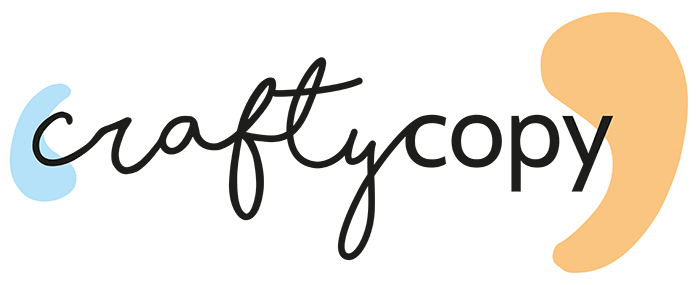Topic Clusters & Pillar Pages: The Foundation of Strong Company Blogs
If you’ve got a blog on your business website (hopefully you do, ’cause it’s not the early 00s anymore), you should consider developing some topic clusters and strong pillar pages.
Trust me: they’re like blog posts on steroids.
What is a topic cluster?
A topic cluster (also known as a content cluster) is an SEO and inbound marketing strategy that consists of a group of interlinked blog posts built around a main pillar page.
Sounds complicated? It isn’t once you can picture it.
Basically:
The pillar page usually targets a keyword with a higher search volume and covers a wider topic through an overview of several sub-topics
Each of its headings or sections will then link to a separate blog post covering that specific sub-topic and targeting a smaller keyword
Every single blog post included in your topic cluster (which can also be read as a standalone article) will then link back to your main pillar page. It goes both ways.
Could do with some pillar page examples to picture it?
Let’s say that you offer online workout videos. A topic cluster for your blog could look like this:
Why are topic clusters important?
Topic clusters are important because they help Google better understand what your business website is actually about while also improving UX.
As the name suggests, pillar content lays the foundation for a strong blogging strategy.
Topic clusters are helpful to both search engine crawlers and human readers:
it’s easier for search engines to understand your website when you have tidy pillar pages and strong internal links
your readers get a neat overview of a topic and can then choose to learn more about the sub-topic that matters to them (or vice versa) rather than being presented with a huuuuuuuuuuge block of text that tries to tell them everything about those subjects in one place
How do you create a topic cluster?
1. Pick the right topic for your pillar page
Your main topic shouldn’t be so broad that you could spend days talking about it (e.g. succulents) nor so niche that you wouldn’t be able to expand it through additional blog posts (e.g. Burro's Tail succulent).
The sweet spot is something in-between.
For example, if you sell houseplants, you could create a pillar page that rounds up the most popular types of succulent families and then link to blog posts that focus on each one.
2. Perform keyword research
You’ll need a main keyword for your pillar page and a different one for every article linked to it.
Keyword research is also important when it comes to using your audience’s language.
For example, ‘succulent families’ might be what an experienced gardener would call them. However, that only gets searched between 10 and 100 times a month in the UK.
‘Types of succulents’, on the other hand, gets 1K – 10K monthly searches. That’s what your potential customers are typing!
3. Write your pillar pages & the blog posts that link to it
Create a strong pillar page with an introduction, clear headings with your sub-topics, and a conclusion that wraps it all up.
For example, to put our pillar page example into practice, it could be a roundup of the ‘best types of succulents for your home’, and some of its sub-topics will be ‘Cactaceae succulents’, ‘Araceae succulents’, etc.
Every section will offer a brief overview of that specific subject. For example, what makes that family of succulents different from others and whether or not they’re easy to care for.
Then, your ‘Cactaceae succulents’ section will link to a separate article on ‘the best Cactaceae succulents’. This blog post will include a more detailed description of this plant family and list specific succulents that fall within this category (and, of course, direct links to their product page on your website that sells succulents).
The important thing is that, as well as your pillar page linking to every related article, all the individual blog posts of your topic cluster must link back to it, too.
Need a hand with topic clusters and your company blog?
I can help!
I specialise in helping ambitious women entrepreneurs and female-founded businesses become THE go-to solution in their dream audience’s eyes.
With my blog writing services, I’ll create a strong strategy and write the actual blog posts for you, optimising them for SEO so that you can start growing your audience organically.
More #crafty blog posts on this topic:










